During the sessions, youth discussed the feasibility of employing each of these forms to address particular matters of concern for community members. They also explored the potential for each form to create meaningful debates that support the process of finding solutions to maintain peaceful coexistence by identifying everyday problems. Moreover, participants reflected on their roles as facilitators and the resulting possibilities for youth to lead specific debates within their communities.
The sessions were highly interactive and practice-orientated and focused on youth and the development of their skills as central to the MAP methodology and training process. Youth were taught applicable tools to advance critical thinking in terms of conflict analysis and transformation, using exercises such as the Obstacle Tree that allows for participants to identify a problem, its root causes, and possible solutions. Throughout the course of the training, the participants gained self-esteem and self-confidence to present themselves as well as to speak to a wider audience. One youth trainer stated: ‘Before [the training] I was not skilled; I was not able to analyse a conflict or a problem. Now I am different. I am able to think about a problem and analyse it, and try to find a solution. And I can help others. Now I have the confidence. Now I can talk to a small group and large group. Now I am very confident.’
The Power of Storytelling
The training concluded with a session on the power of sharing personal stories within a group. The story circle was facilitated by a psychosocial worker who explained the healing effect of sharing that enables a person to receive support from others (either emotionally or physically) who are facing or have overcome a similar situation. Several participants expressed their feelings and concerns about family conflicts, the prevailing impact of the genocide, and poverty. For some of them, it was the first time that they had shared their story. Deep listening and the inclusion of psychosocial workers in trainings and activities is another element of the MAP methodology.
The training of MAP youth club-facilitators created a space for creativity, learning, sharing and healing. Furthermore, it offered a space for connection during the lockdown. Most participants noted their negative thoughts or feelings of uncertainty before their arrival and recognised a change of their mood over the training days. Discussions on the value of dialogic forms of performance in relation to community concerns and the practical exercises and guidance motivated the new MAP youth trainers to apply the acquired tools and skills in their communities. MAP is currently monitoring the progress.
Working towards sustainable peace requires the active and equal participation of all groups in society. The promotion of arts-based methods for dialogue to enhance two-way communications between youth and adults, especially adults who are policymakers, is a critical step in this direction. Over the next months, MAP will analyse its findings on the evolution of MAP dialogue clubs in different schools and communities. Keep following us to find out more about our work in Rwanda.
References
Vemind, A. (2002). Mutual learning – Facilitating dialogue in former Yugoslavia. Oslo: PRIO.
Aegis Trust, the Institute of Research and Dialogue for Peace (IRDP), Radio La Benevolencija (RLB) and USC Shoah Foundation – the Institute for Visual History and Education (2009). Stories of Peace. Rwanda Peace Education Programme. Towards Sustainable Peace.
Arai, T. (2015). Engaging conflict history: Toward an integrated method of conflict resolution dialogue and capacity building. Conflict Resolution Quarterly 32(2), pp. 277–298.
Bagilishya, D. (2000). Mourning and Recovery from Trauma: In Rwanda, Tears Flow Within. Transcultural Psychiatry 37(3), pp. 337-354.
Benda, R. M. (2017). Youth Connect Dialogue: Unwanted Legacies, Responsibility and Nation-building in Rwanda. Aegis Trust. Genocide Research Hub, Working Paper 001.
Breed, A., Azeda, H. and Dennison, K. (2018). ‘Mobile Arts for Peace – Rwanda’. 12 March. Available at: https://changingthestory.leeds.ac.uk/2018/03/12/mobile-arts-for-peace-rwanda/
Breed, A. (2020). Mobile Arts for Peace (MAP). Youth and participatory arts in Rwanda. In: Cooke, P. and Soria-Donlan, I. (eds.), Participatory Arts in International Development. Abingdon/ New York: Routledge, pp. 124-142.
Boal, A. (1979). Theatre of the Oppressed. London: Pluto Press.
Bohm, D. (1996). On dialogue. New York: Routledge.
Bourquin, J-F. (2003) Violence, conflict and intercultural dialogue. Council of Europe Publishing
Clark, P. (2014). Negotiating Reconciliation in Rwanda: Popular Challenges to the Official Discourse of Post-Genocide National Unity. Journal of Intervention and Statebuilding 8(4), pp. 303-320.
Davis, A., Nsengiyumva, C., Hyslop, D. (2019). Healing Trauma and Building Trust and Tolerance in Rwanda. Interpeace Peacebuilding in Practice Paper No 4. Available at https://www.interpeace.org/wp-content/uploads/2019/04/Trauma-Trust-Tolerance-and-Peace-activism-Web1.pdf.
Dessel, A. and Rogge, M. E. (2008). Evaluation of Intergroup Dialogue: A Review of the Empirical Literature. Conflict Resolution Quarterly 26(2), pp. 199-238.
Cambridge Dictionary (2021). Available at https://dictionary.cambridge.org/dictionary/english/dialogue.
Dukeshima Emerence, Gicumbi District, 30 October 2020.
Feller, A. E. and Ryan, K. K. (2012). Definition, necessity, and Nansen: Efficacy of dialogue in peacebuilding. Conflict Resolution Quarterly 29(4), pp. 351-380
GPPAC (2019). ‘Promoting Dialogue with Youth for Peace in Kyrgyzstan’. Available at https://www.gppac.net/news/promoting-dialogue-youth-peace-kyrgyzstan-0.
IRDP (2020a). ‘Dialogue Clubs success stories’. Available at: https://www.irdp.rw/dialogue-clubs/.
IRDP (2020b). ‘School of debates’. Available at: https://www.irdp.rw/school-of-debates/.
International Alert (2019). ‘“Labels create divisions and jealousy”: Cecil’s story’. Available at: https://www.international-alert.org/stories/labels-create-divisions-and-jealousy-cecils-story.
Karuna Center for Peacebuilding, Aegis Trust, HROC and IRDP (2019). Healing Our Communities: Promoting Social Cohesion in Rwanda. USAID #AID-696-F-16-00002. Final Report. Available at https://www.karunacenter.org/wp-content/uploads/2018/03/Healing-Our-Communities-Final-Report.pdf.
King, R. U. (2014). Key factors that facilitate intergroup dialogue and psychosocial healing in Rwanda: A qualitative study. Intervention: Journal of Mental Health and Psychosocial Support in Conflict Affected Areas 12(3), pp. 416–429.
Komlossyová, E. S. (2019). Moving beyond personal change: Using dialogue in ethnically divided communities in Bosnia and Herzegovina. Conflict Resolution Quarterly 37(1), pp. 33-47.
Mitchell, J., Vincett, G., Hawksley, T., Culbertson, H. (2020). Peacebuilding and the Arts. Cham: Palgrave Macmillan.
Musafiri, E. (2013). Introduction. Peace and Conflict Management Review 2(2), pp. 5-11.
Munyandamutsa, N., Nkubamugisha, P. M., Gex-Fabry, M. and Eytan, A. (2012). Mental and physical health in Rwanda 14 years after the genocide. Social Psychiatry and Psychiatric Epidemiology 47, pp. 1753–1761.
Pells, K. (2009a). We’ve Got Used to the Genocide; It’s Daily Life That’s the Problem. Peace Review 21(3), pp. 339-346.
Pells, K. (2009b), “No one ever listens to us”: Challenging the obstacles to participation of children and young people in Rwanda. In: Percy-Smith, B., Thomas, N. K., O’Kane, C., Twum-Danso Imoh, A., A Handbook of Children and Young People’s Participation Perspectives from Theory and Practice. Abingdon/ New York: Routledge, pp. 196-203.
Petroze, R. T., Joharifard, S., Groen, R. S., Niyonkuru, F., Ntaganda, E., Kushner, A. L., Guterbock, T. M., Kyamanywa, P., Calland J. F. (2015). Injury, Disability and Access to Care in Rwanda: Results of a Nationwide Cross-Sectional Population Study. World Journal of Surgery 39, pp. 62–69.
Stearns, P. N. (2018). Peacebuilding Through Dialogue. Education, Human Transformation, and Conflict Resolution. Fairfax, Virginia: George Mason University Press.
Specia, M. (2017). ‘How a Nation Reconciles After Genocide Killed Nearly a Million People’, New York Times, 25 April. Available at: https://www.nytimes.com/2017/04/25/world/africa/rwandans-carry-on-side-by-side-two-decades-after-genocide.html
Rugema, L., Mogren, I., Ntaganira, J., Krantz, G. (2015). Traumatic episodes and mental health effects in young men and women in Rwanda, 17 years after the genocide. BMJ Open, pp. 1-11.
UNESCO (2019). ‘Dialogue clubs to support reconciliation and build social cohesion in Rwanda’ 5 April. Available at: https://en.unesco.org/interculturaldialogue/blog/551.
Wallace, D. A., Pasick, P., Berman, Z., and Weber, E. (2014) Stories for Hope–Rwanda: a psychological–archival collaboration to promote healing and cultural continuity through intergenerational dialogue. Archival Science 14, pp. 275–306.
Zartman, J. (2008). Negotiation, Exclusion and Durable Peace: Dialogue and Peacebuilding in Tajikistan. International Negotiation 13(1), pp. 55-72.

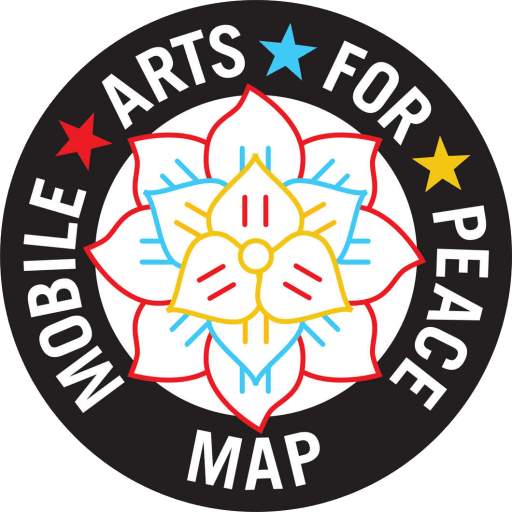

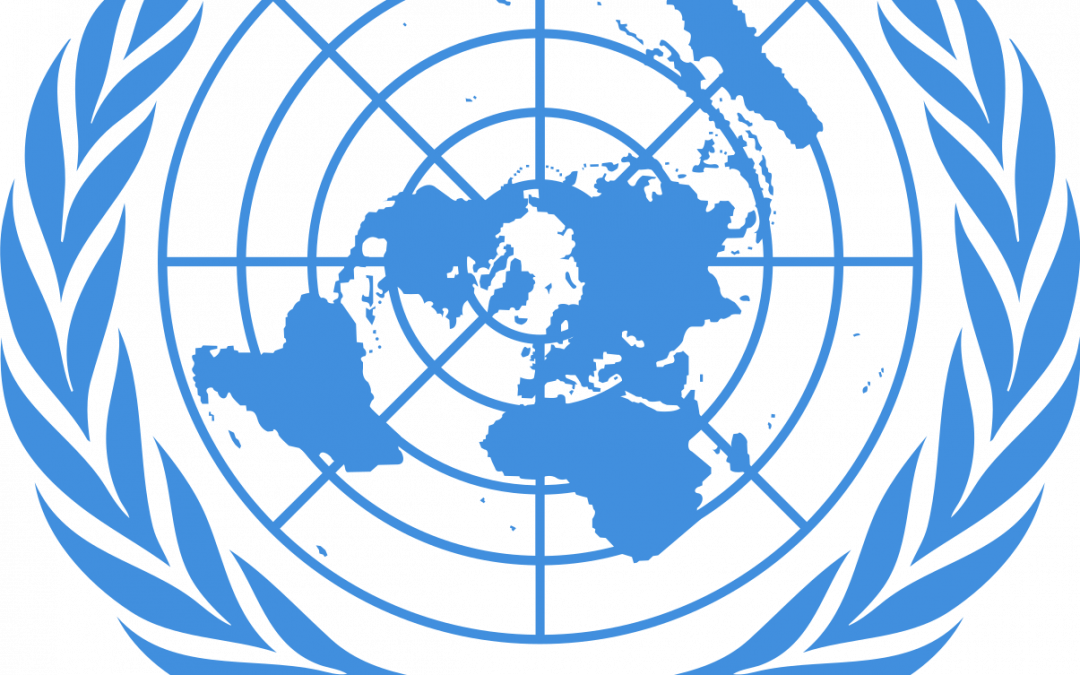
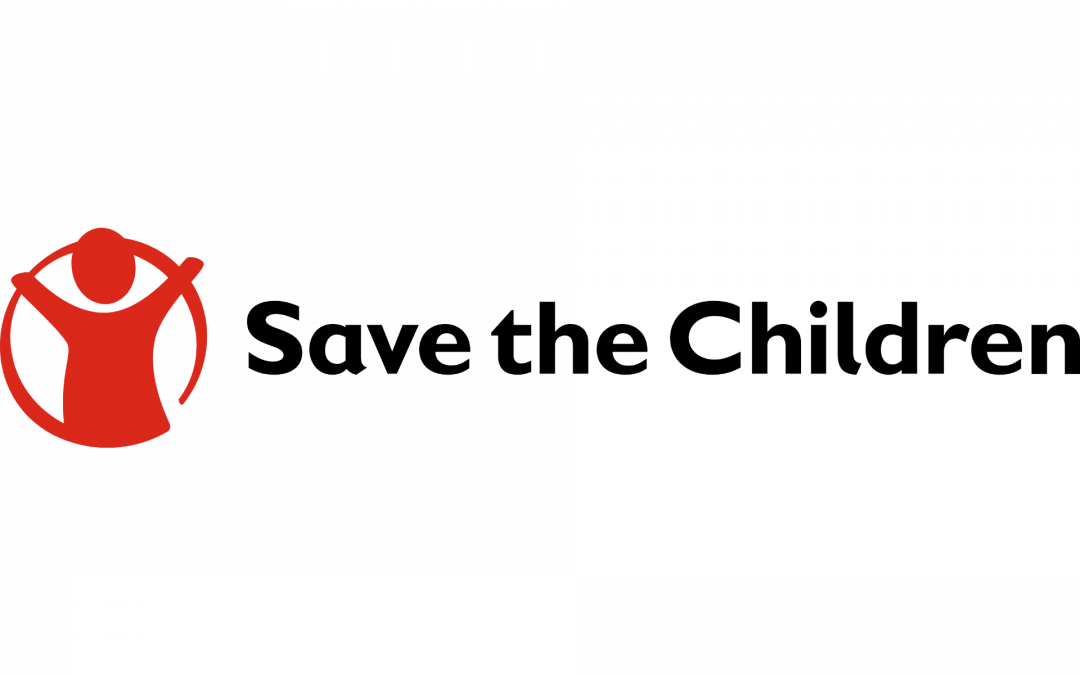
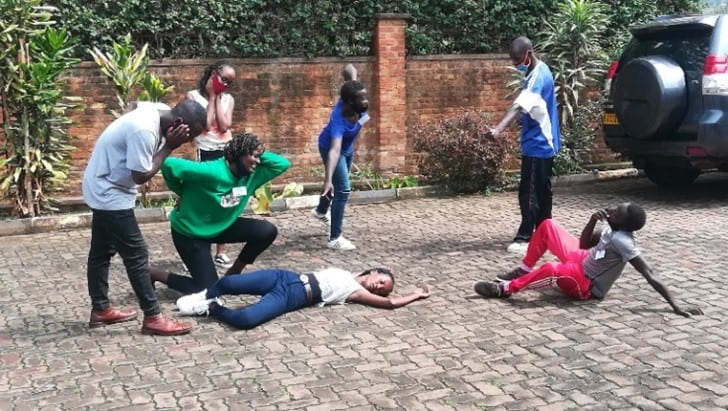



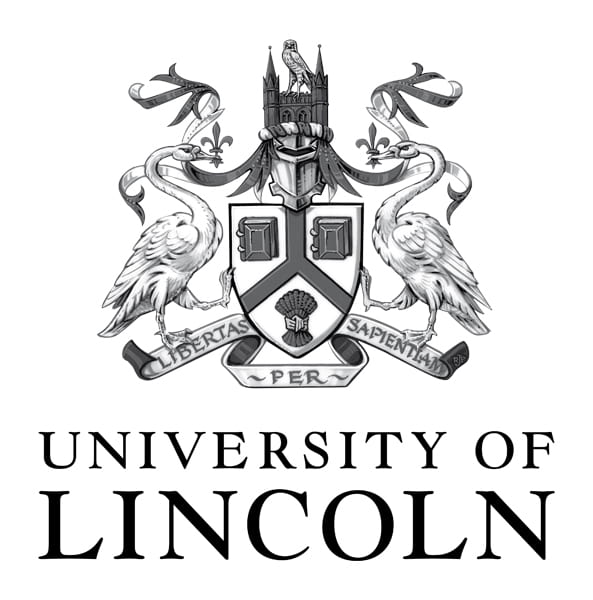
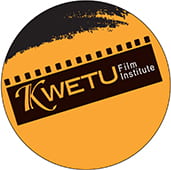
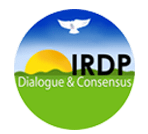

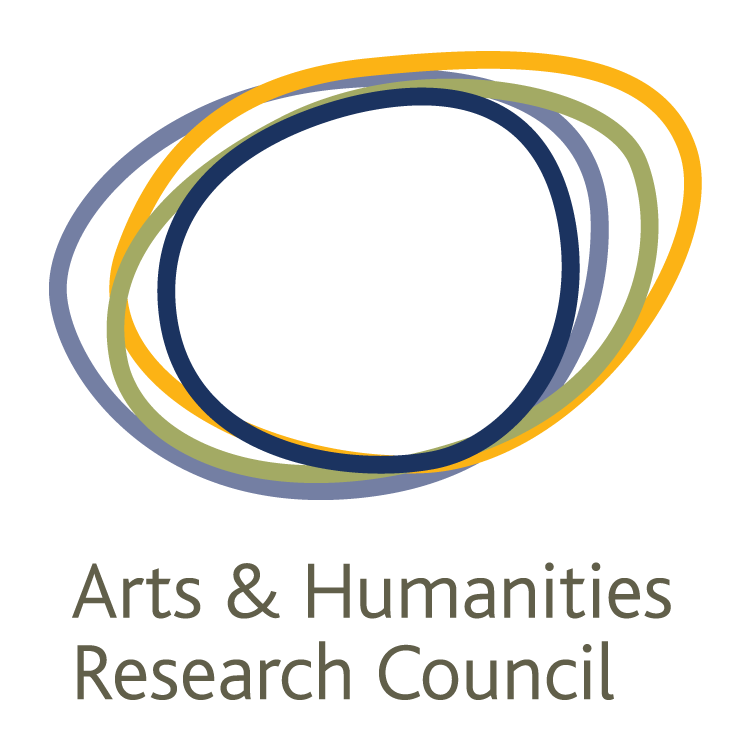


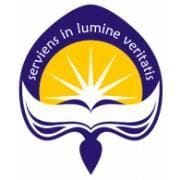
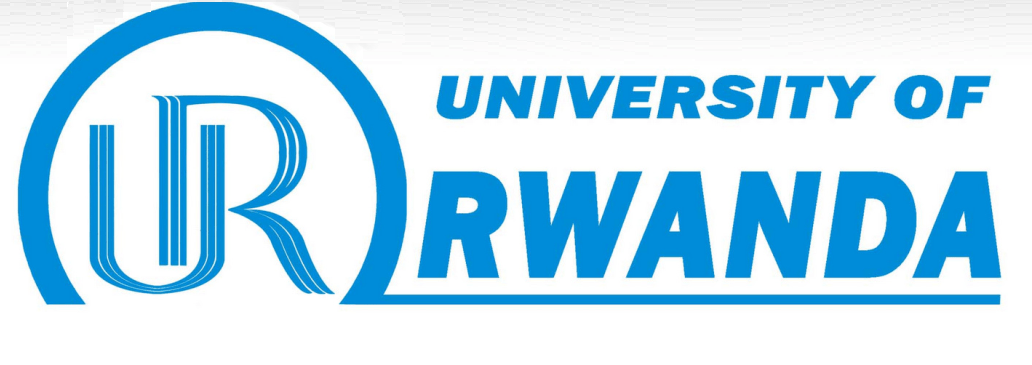


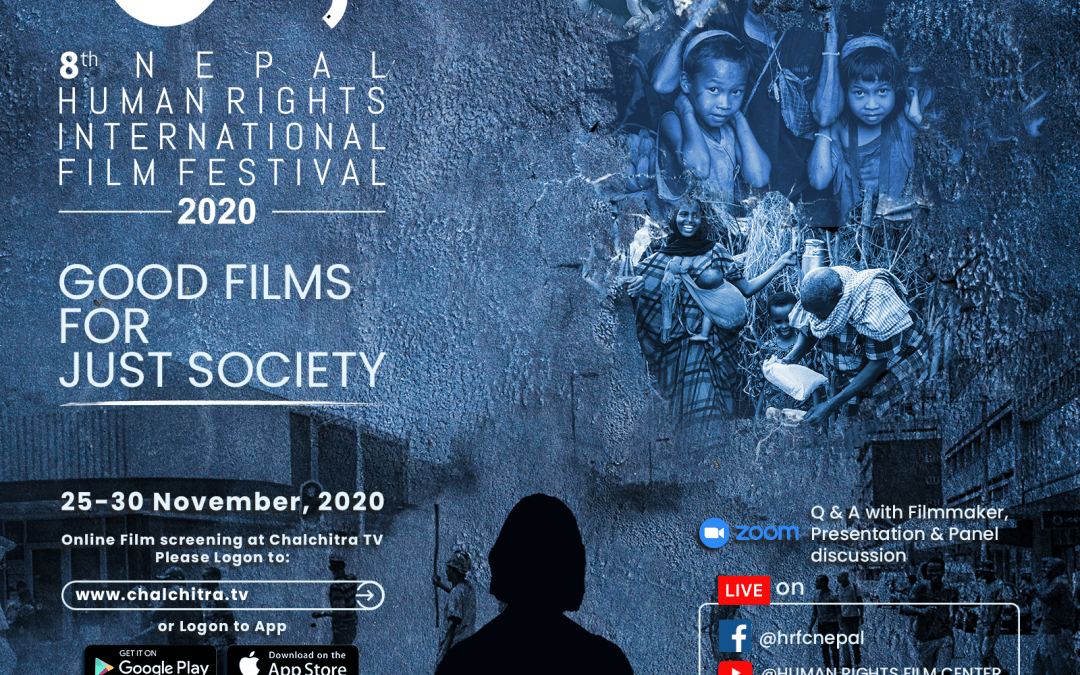
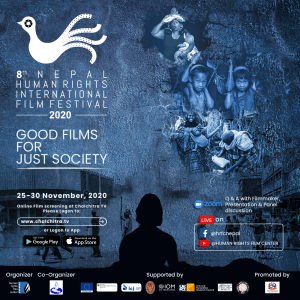
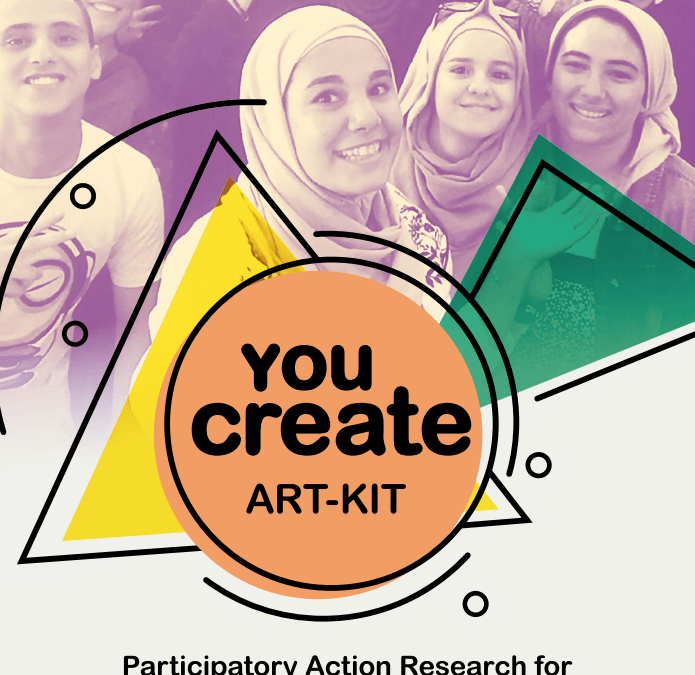

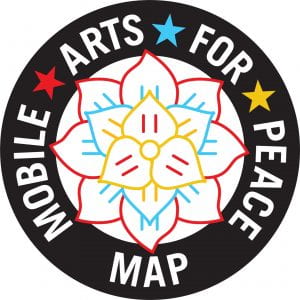
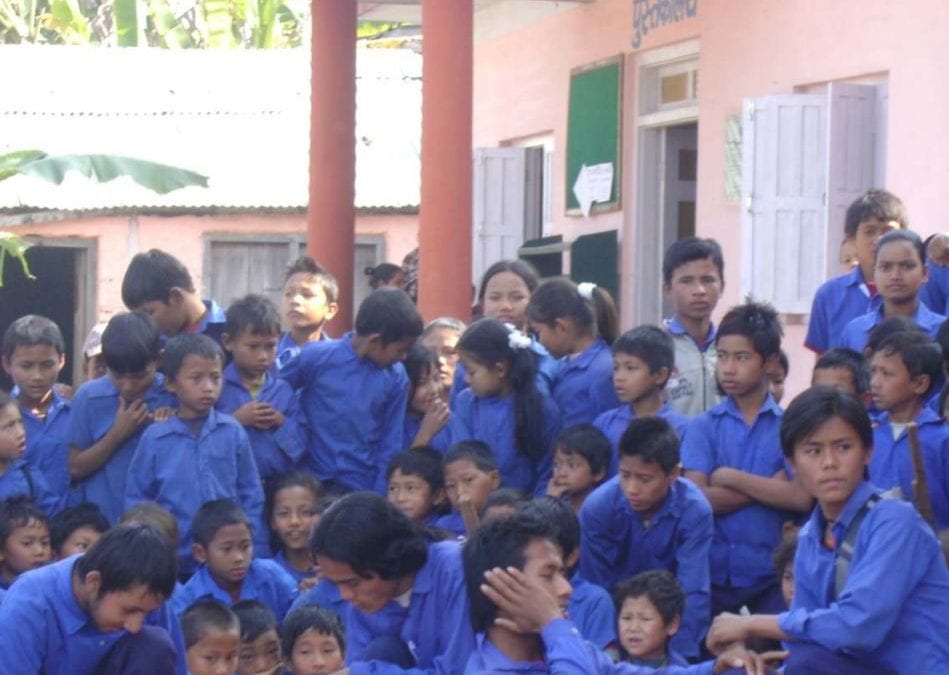
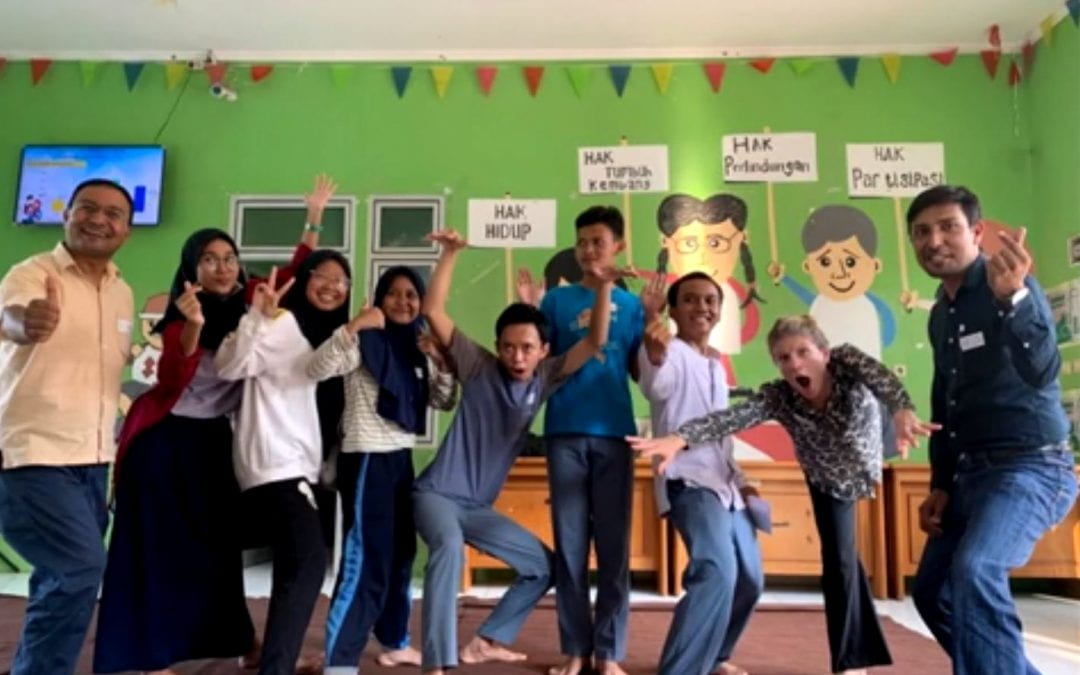
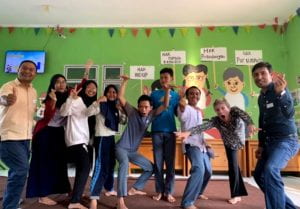
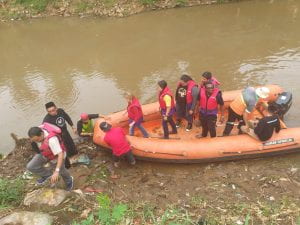
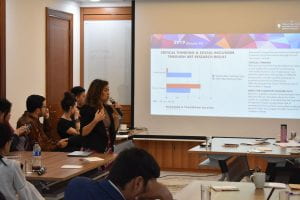
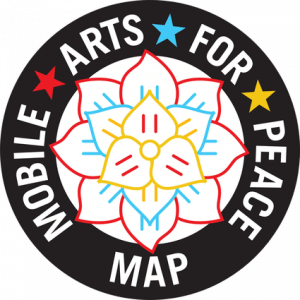
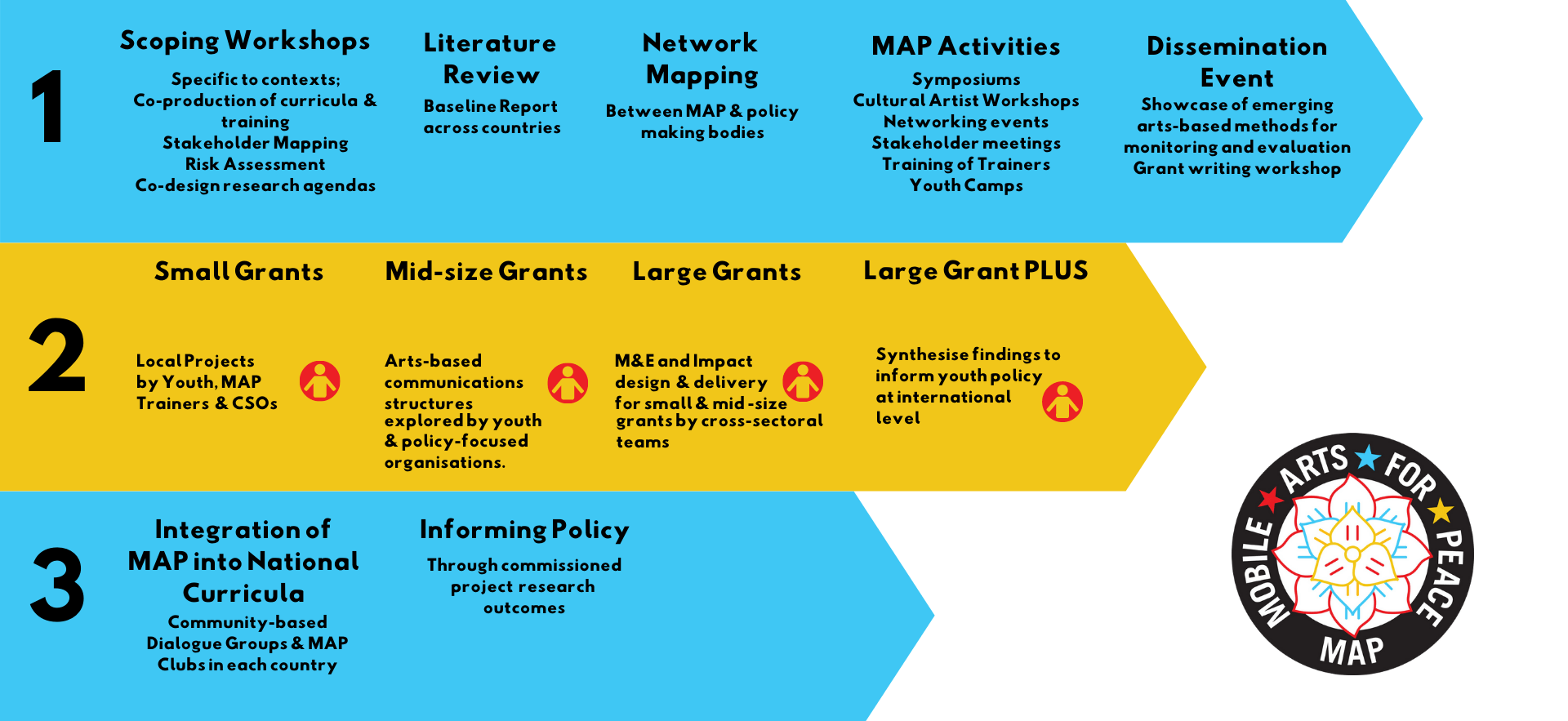
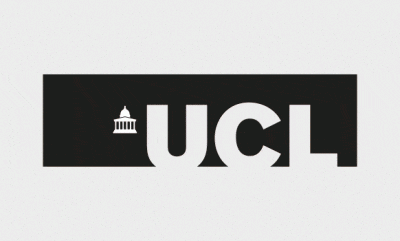
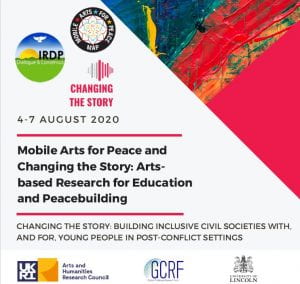
Recent Comments